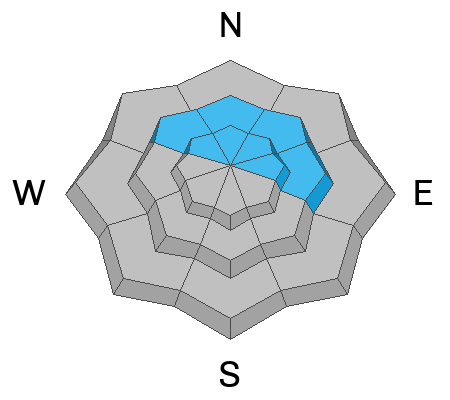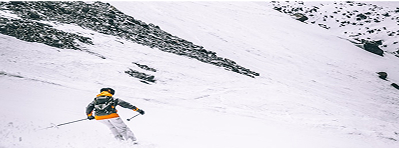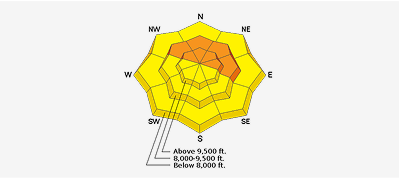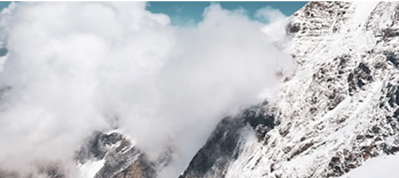Forecast for the Moab Area Mountains

Issued by Eric Trenbeath on
Monday morning, March 31, 2025
Monday morning, March 31, 2025
An isolated or MODERATE danger remains for human triggered avalanches failing on a buried persistent weak layer. This is a low probability, high consequence scenario. You are mostly likely to encounter this problem on steep, northerly aspects right around treeline and in isolated areas above. You can minimize your exposure by avoiding shallower snowpack areas, steep convexities, and rocky, radical terrain.
A few shallow fresh wind slabs were observed in the high country yesterday. We may see more developing today. Not large enough to bury you, they could sweep you off your feet and take you for a ride on the slick, hard surface underneath.
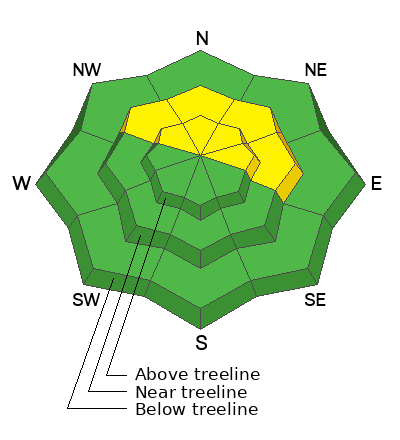
Low
Moderate
Considerable
High
Extreme
Learn how to read the forecast here



